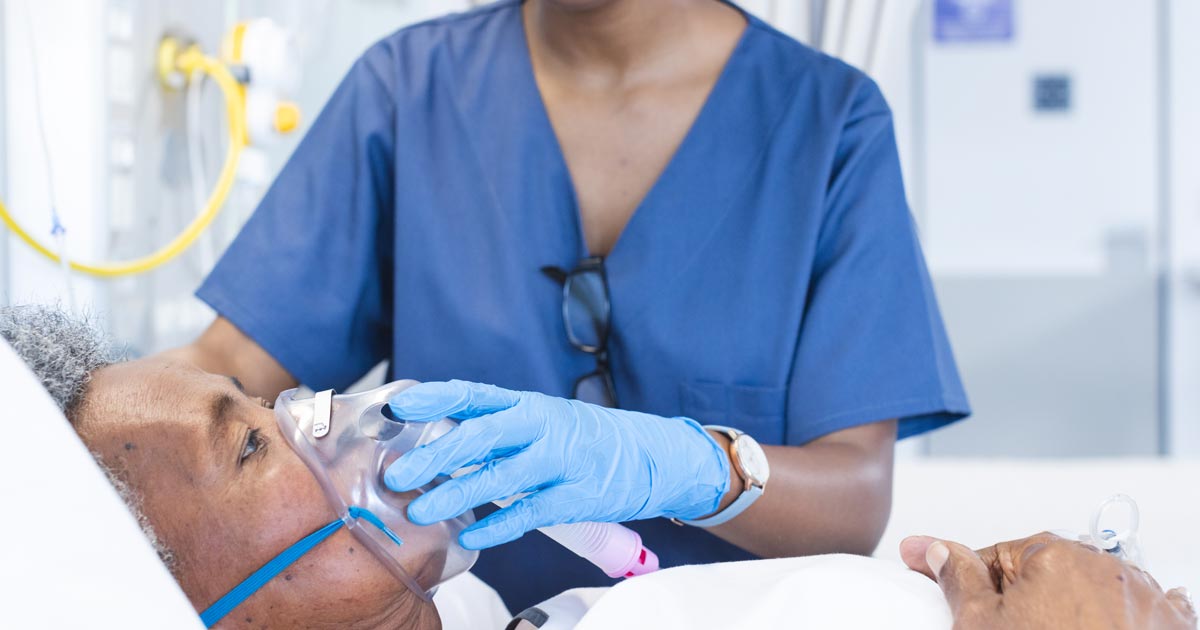

At Rapid CPR Dallas, we emphasize the critical role of oxygen delivery systems in medical emergencies. These systems are essential for providing supplemental oxygen to individuals in need, ensuring adequate oxygenation during crises such as cardiac arrest or respiratory distress. Understanding their types, functionalities, and proper usage is crucial for healthcare professionals and anyone involved in emergency response.
Oxygen delivery systems are indispensable tools designed to administer supplemental oxygen to patients who require higher oxygen concentrations than what is available in ambient air. These systems ensure that oxygen is delivered safely and effectively, playing a vital role in maintaining vital organ function and supporting respiratory recovery. They vary in design and application, from portable devices used in first aid kits to sophisticated systems in hospital settings.
During CPR, the immediate focus is on restoring blood circulation through chest compressions. However, oxygen delivery systems play a crucial role post-compressions:
Proper training and familiarity with oxygen delivery systems are essential for effective utilization:
Mastering the use of oxygen delivery systems is crucial for healthcare providers and responders tasked with managing medical emergencies. At Rapid CPR Dallas, we empower individuals with comprehensive training that covers CPR techniques and essential skills in oxygen therapy. Our goal is to equip you to respond confidently and effectively in emergencies, ensuring that every step from initial response to post-resuscitation care is managed with expertise. Join us at Rapid CPR Dallas to gain the skills necessary to save lives. Sign up for our CPR classes in Dallas and take the step towards becoming a lifesaver.

